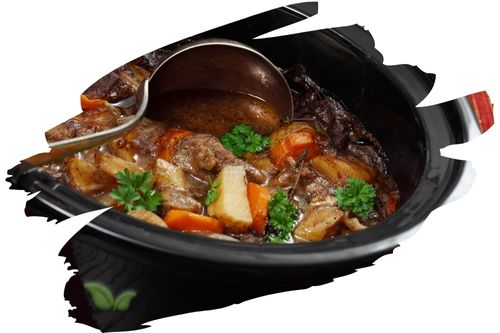
Introduction
Cream of tartar is a versatile ingredient that has found its place in kitchens worldwide. Also known as potassium bitartrate, cream of tartar is a byproduct of winemaking. This powdery substance is highly acidic and possesses unique properties that make it indispensable in the culinary world. In this article, we will take a detailed look at the versatile nature of cream of tartar, exploring its various culinary uses and shedding light on its fascinating characteristics.
What is Cream of Tartar?
Cream of tartar is a fine, white powder that forms on the inside of wine barrels during the fermentation process. It is primarily composed of potassium bitartrate crystals, which are then collected, purified, and ground into a fine powder. Cream of tartar has a tangy taste and is highly acidic, giving it a wide range of applications in the kitchen.
Culinary Uses of Cream of Tartar
Let's explore the various culinary uses of cream of tartar:
-
Stabilizing Whipped Cream: Cream of tartar is often used when whipping cream to stabilize and maintain its texture. Adding a pinch of cream of tartar to whipped cream helps prevent it from deflating and ensures a longer-lasting and firmer consistency.
-
Creating Light and Fluffy Meringues: Cream of tartar is a key ingredient in meringue recipes. When beaten with egg whites, cream of tartar helps create stable foam, resulting in light and fluffy meringues with a delicate texture.
-
Preventing Sugar Crystallization: Cream of tartar can help prevent sugar from crystallizing, making it useful in the production of syrups, frostings, and candies. Adding a small amount of cream of tartar to sugar-based recipes helps maintain a smooth and creamy texture.
-
Activating Baking Soda: When combined with baking soda, cream of tartar acts as a leavening agent in recipes that do not contain acidic ingredients. The mixture of cream of tartar and baking soda creates carbon dioxide gas, which helps baked goods rise and achieve a light and airy texture.
-
Improving Egg White Stability: Cream of tartar can also enhance the stability of egg whites, making them less prone to overbeating. Adding a small amount of cream of tartar to egg whites before beating helps maintain their structure and prevents them from becoming grainy or watery.
-
Inverting Sugar: Cream of tartar is commonly used in the process of inverting sugar, where sucrose is broken down into glucose and fructose. Inverted sugar is often used in confectionery, as it helps prevent crystallization and provides a smoother texture.
Frequently Asked Questions (FAQs)
Q: Can I substitute cream of tartar with other ingredients in recipes?
In some cases, you can substitute cream of tartar with lemon juice or white vinegar. However, keep in mind that the acidic strength may differ, so adjust the quantity accordingly. Cream of tartar offers unique properties that may not be replicated by other ingredients.
Q: Can cream of tartar be used as a baking powder substitute?
Cream of tartar alone cannot replace baking powder, as it lacks the alkaline component. However, you can create a homemade baking powder substitute by combining cream of tartar with baking soda and cornstarch in the proper ratios.
Q: Is cream of tartar gluten-free?
Yes, cream of tartar is gluten-free as it is derived from grapes, not grains. It is safe for individuals with gluten sensitivities or celiac disease.
Q: How should cream of tartar be stored?
Cream of tartar should be stored in an airtight container in a cool, dry place away from direct sunlight. Proper storage ensures its longevity and maintains its potency.
Q: Can cream of tartar be used in savory dishes?
While cream of tartar is more commonly used in sweet recipes, it can also be used in savory dishes. It can help stabilize whipped cream toppings for savory soups or enhance the texture of certain sauces.
Conclusion
Cream of tartar is a versatile and valuable ingredient in the culinary world. Its ability to stabilize whipped cream, create fluffy meringues, prevent sugar crystallization, activate baking soda, improve egg white stability, and aid in the inversion of sugar makes it an essential component of many recipes. Whether you're a baking enthusiast or a professional chef, understanding the versatile nature of cream of tartar allows you to harness its power and unlock new culinary possibilities in your kitchen.
Alert: While spices can have many beneficial properties for health, using them for medical purposes should be done under the guidance and supervision of a healthcare professional or specialist. Some spices may interact with medications or cause adverse reactions in certain individuals, and it is important to use them safely and appropriately. If you are considering using spices for a medical condition, it is important to consult with a healthcare professional before doing so.




















































